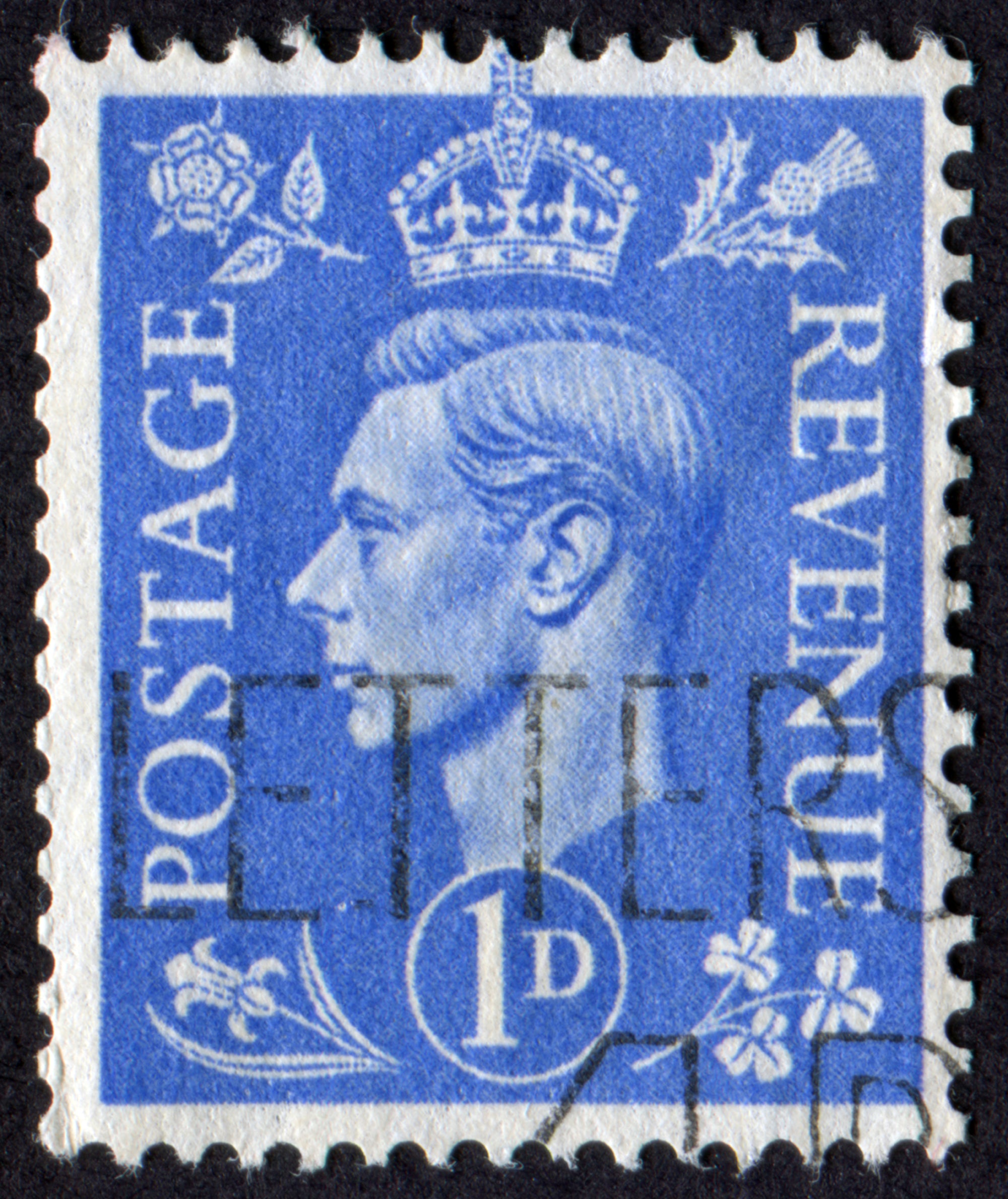National Flowers of the UK

Each member country of the United Kingdom has its own national flower. Here is a brief introduction to each:
England – the Rose
The rose has represented England since the 1400s when the Houses of York and Tudor battled for the English throne. York fought under the sign of the white rose, while Lancaster chose red. Following the unification of the throne, a new double rose incorporating red and white was adopted by the Tudor dynasty.
There are over three hundred species and tens of thousands of cultivars, which may grow as erect shrubs of all sizes, and climbing or rambling plants. Most have sharp thorns. Flowers vary in size and shape and colours range from white through to yellows and reds. Most species are native to Asia, but smaller numbers are native to Europe, North American and north Africa. As in the UK, roses have acquired cultural significance in many societies.
Roses flower throughout the summer when you will be most comfortable in the garden wearing the Genus Summer Gardening Trousers or Shorts.
Wales – the Daffodil
A common sight across the Welsh valleys in the spring, the daffodil is an obvious choice for the national flower. The daffodil is worn on the 1st of March each year to celebrate St David’s Day, and is known as “Peter’s Leek” in the Welsh language.
Reliable in returning eery spring, daffodils are a reminder that beauty can survive even the harshest winter. For this reason, they have come to symbolise goodness prevailing through severe tribulations. Give a bunch of daffodils to someone as a token of forgiveness or to show that you appreciate their honesty.
The weather can be cold and miserable in early spring when daffodils first appear, so wrap up warm in the Genus Warm and Dry Gardening Trousers for men and women.
Scotland – the Thistle
Although some residents prefer heather, the thistle is the official national emblem of Scotland. Legend has it that the spiky plant saved Scotland from being overrun by stealthy Viking invaders when the barefoot Norse warriors accidentally stood on the plant, their cries of pain alerting local Scots to their presence.
Another explanation replaces the Vikings with the Normans who initiated a brutal assault on the country. Heavily outweighed and unarmed, the Scottish army believed they were doomed until one night when a band of soldiers crept through the pasture in order to initiate a surprise attack. It would have worked but the Normans were unfamiliar with the prevalent, prickly plant that grew in abundance in Scotland. When one enemy yelped and cried in pain from being stabbed by the thistle, the Scottish army woke up and was able to protect themselves, conclusively winning the war. From that point on, the thistle became honored and was even written about in sacred documentation. “Nemo me impune lacesset” became the Scottish Order of the Thistle which translates into “No one attacks me with impunity”. The flower is also stitched on the Scotland rugby uniforms to stand for fierceness and bravery.
The thistle represents overcoming adversity and difficult situations. It is a symbol of resilience, devotion, bravery, determination and strength.
All gardeners find themselves at some point battling with thorny plants, whether it be the thistle, brambles or roses. Keep yourself safe by wearing the best-selling Genus 3-Season Gardening Trousers for Men and Women.
Northern Ireland – the Shamrock/Flax
Although the Shamrock is believed by many to be the national flower of Northern Ireland, the plant does not actually produce any flowers. Instead Flax is the official floral symbol, appearing as the emblem of the Northern Ireland Assembly at Stormont, the badge of the Supreme Court of the United Kingdom and some one pound coins minted between 1986 and 1991.
However, on the one penny stamp with the head of King George VI (above), the shamrock is shown as representing Northern Ireland. The three-leaf clover, a type of trefoil plant, has been considered the unofficial national flower of Ireland for centuries. Irish legend says that Saint Patrick used the shamrock as an educational symbol to explain the Holy Trinity to nonbelievers as he converted the Irish to Christianity in the fourth century.
Around the 17th century, the shamrock’s importance began to converge with religious celebration of the saint’s feast day. Those living in poverty still wanted to look nice at church, and luckily for them, an appropriate adornment was growing on the ground outside their homes.
We all want to look nice, even in the midst of gardening. So check out the Genus range of high-performance technical clothing designed by gardeners for gardeners on www.genus.gs











